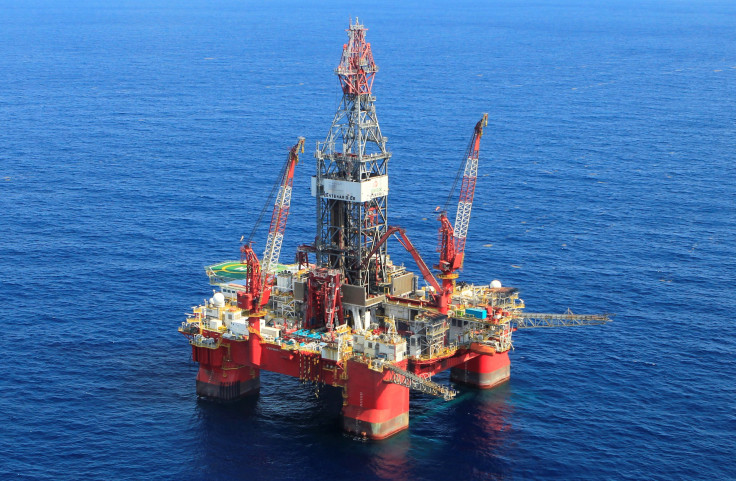World Oil Production: 73 Million Gulf Of Mexico Acres Up For Sale In 2017, Interior Announces

The Department of the Interior announced Monday a proposal that would lease 73 million acres in the Gulf of Mexico for oil and gas exploration and development later this year, according to a statement. The massive amount of acreage, spread out across Alabama, Florida, Louisiana, Mississippi and Texas’ shores, would first be put up for sale on Aug. 16 and it would also include “all available unleased areas in federal waters” in the gulf, the statement read.
“Opening more federal lands and waters to oil and gas drilling is a pillar of President Trump’s plan to make the United States energy independent,” Secretary of the Interior Ryan Zinke said in a statement. “The Gulf is a vital part of that strategy to spur economic opportunities for industry, states, and local communities, to create jobs and home-grown energy and to reduce our dependence on foreign oil.”
The first sale will take place in New Orleans. The sales fall under the 2017-2022 Outer Continental Shelf Oil and Gas Leasing Program, a five-year program that first began its approval process in June 2014 and whose schedule was eventually approved by Zinke’s predecessor, Sally Jewell on Jan. 17.
The new proposal, the first for Zinke under President Donald Trump, is similar to that of former President Barack Obama’s, which called for the lease of 66 million acres in the gulf, the Washington Post reported. Obama previously banned drilling in the Artic and Atlanta oceans for five years shortly before he left office but left the Gulf of Mexico, and specifically Florida, freed up for drilling.
The plan calls for 10 different sales spread out over the life of the program, two each year, across nearly 14,000 unleased blocks between three and 230 miles off the shores of the gulf.
The Bureau of Ocean Energy Management, which falls under the Interior’s purview, has estimated that the outer continental shelf had 90 billion barrels of recoverable oil and 327 trillion cubic feet of gas. If estimations are correct, between 211 million and 1.1 billion barrels of oil and upwards of 4.4 trillion cubic feet of natural gas could be excavated from the first sale alone.
The possible increase could help the U.S. regain the title as the world’s biggest oil producer. Up until May of last year, the U.S. held the distinction since April 2014 but was leapfrogged by Saudi Arabia, Bloomberg reported.
© Copyright IBTimes 2024. All rights reserved.











